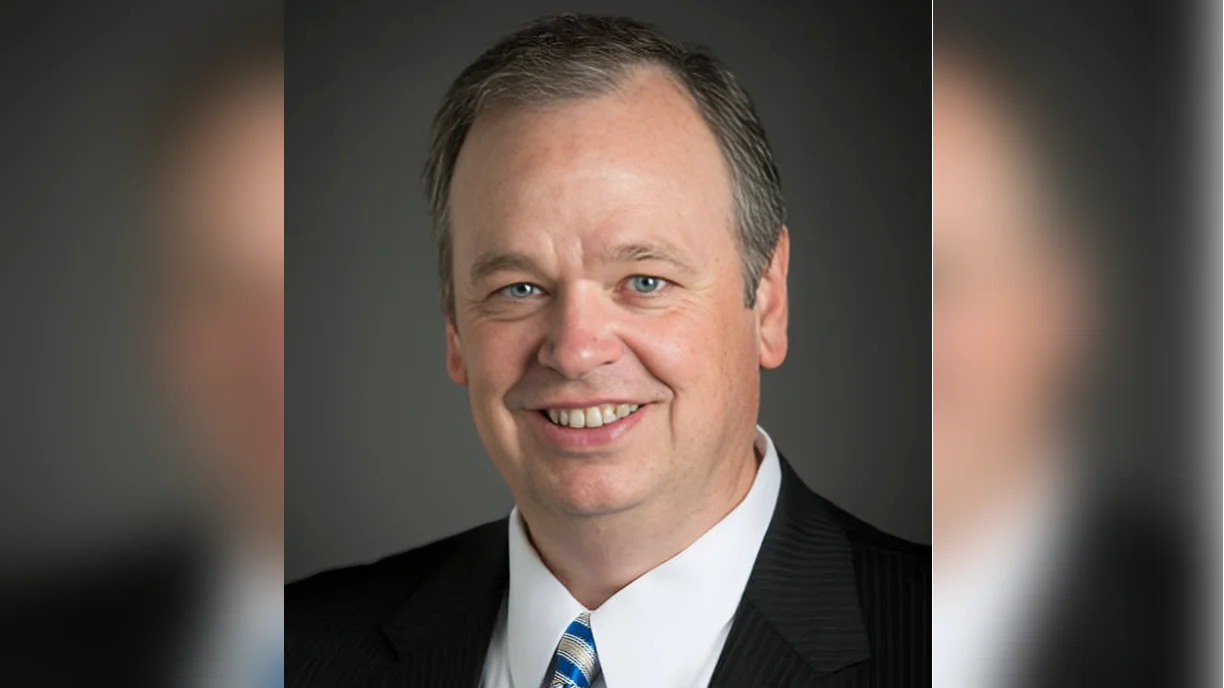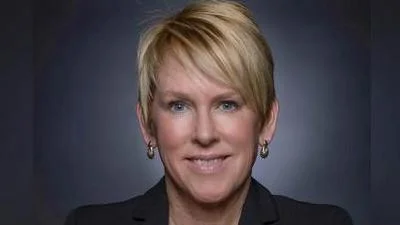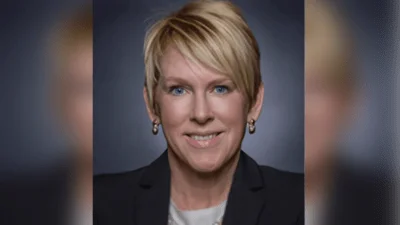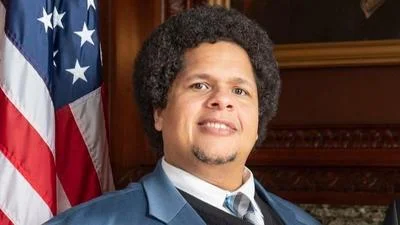Chancellor James C. Schmidt | University of Wisconsin-Eau Claire
Chancellor James C. Schmidt | University of Wisconsin-Eau Claire
The University of Wisconsin-Stout and the University of Wisconsin-Eau Claire have launched the DRIVE Initiative, a collaborative effort aimed at enhancing healthcare education through interdisciplinary learning. This initiative focuses on bridging the gap between nursing and packaging engineering students by providing opportunities to learn about each other's fields before graduation.
Dr. Charlotte Sortedahl from UW-Eau Claire's College of Nursing and Dr. Min DeGruson, director of UW-Stout's packaging program, are leading this project. They aim to improve patient safety, environmental sustainability, and economic efficiency through research, hands-on experience, and feedback from healthcare professionals.
A distinctive feature of the DRIVE Initiative is its emphasis on gathering direct input from practicing nurses. "Nurses and packaging engineers don’t typically interact during their education, yet both play critical roles in patient safety," Sortedahl explains. The feedback collected informs the development of educational materials and packaging kits that are integrated into nursing curricula.
The collaboration provides nursing students with insights into sterilized medical device packaging processes while offering packaging students an understanding of medical environment needs. This approach aims to prepare future healthcare workers with a comprehensive perspective on patient safety and device usability.
Surveys conducted with registered nurses in acute care settings help refine these educational resources. "One of the challenges in acute care settings is dealing with packaging that isn’t always intuitive," Sortedahl notes.
Sustainability is another focus area for the DRIVE Initiative. It explores materials and designs that reduce waste without compromising sterility or usability. "Sustainability in medical packaging isn’t just about reducing waste; it’s also about making smarter choices that balance sterility, usability, and environmental impact," says Sortedahl.
The initiative fosters long-term collaboration between healthcare professionals and engineers beyond academia by equipping students with interdisciplinary problem-solving skills. The goal is to create stronger connections between these fields for continued innovation in medical packaging and patient safety.
Feedback from registered nurses will be crucial as the initiative progresses over the next year to ensure practical application in real-world settings. There is potential for expanding this model into other healthcare-related disciplines to further strengthen ties between engineering and healthcare education.
###






 Alerts Sign-up
Alerts Sign-up